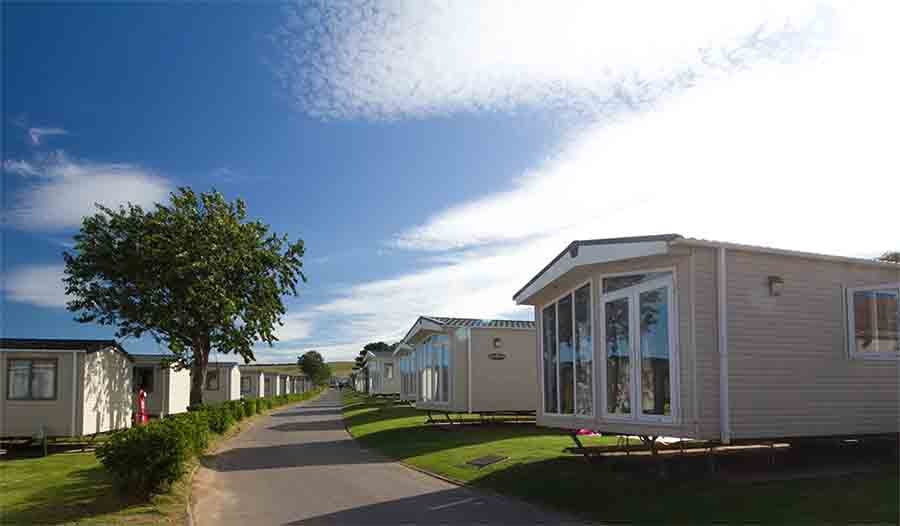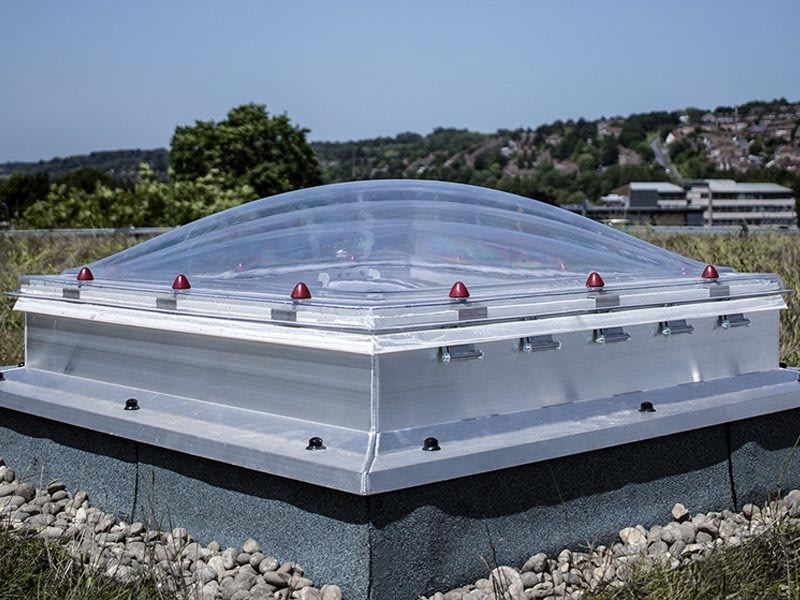Protecting your people and premises from the risk of fire should be a top priority. As an owner or occupier, responsibility for prevention, suppression and evacuation lies with you, so it’s vital that all staff are educated in the things they can do to help reduce the dangers around offices, warehouses, public areas and storage spaces.
In this quick guide, we’ve provided a quick overview of the most common hazards in the workplace. For more in-depth guidance – or to book a full fire risk assessment – please contact one of our experts.
Key things that will help prevent potential fire safety hazards in the workplace:
- Keep your buildings clean & tidy – both public areas and behind the scene
- Dispose of waste correctly and regularly – especially flammable materials
- Store chemicals safely – and clean up spillages straight away
- Keep fire doors closed – and ensure all fire exits are clear
- Check electrical equipment and machinery often – and replace faulty items
- Carry out a regular fire risk assessment – this is a legal requirement
- Audit your extinguishers, signage, alarms etc – book regular inspections with BAFE-approved engineers
Storage of waste and combustible materials
If you allow rubbish and recycling to build up in your premises – especially paper, cardboard and other combustible materials – you’re quite literally fueling the risk of accidental fires.
Warehouses, delivery docks and storage rooms in particular should be checked and cleared regularly. If possible you should store waste in a designated space away from the main buildings, and away from any potential sources of ignition such as heaters, fans, office appliances, machinery, smoking areas and vehicles.
The ideal here is to arrange the removal of bulky and flammable rubbish to an off-site facility as regularly as possible.
Dust build-up
Dust isn’t commonly seen as a hazardous substance, and so is often treated as an inconvenience rather than a danger. However, combustible dust can easily catch fire and explode if exposed to heat, static electricity, friction or naked flames.
Ensuring a regular cleaning program is in place can lower the risk here, and it’s also important to encourage clear desk policies to lessen the build up of dust in workspaces and around plugs or other power and heating sources. Efficient air conditioning can also help reduce dust around your premises.
Flammable liquids and vapours
Everyday chemicals can pose a problem in any workplace – especially those with commercial laundries and kitchens. But things like petrol are a bigger hazard in larger industrial settings like warehouses and factories where stock might be held in high volumes.
Explosions and fast-spreading fires can be caused and accelerated by spillages and careless storage, so always make sure your containers are properly sealed and kept away from potential sources of ignition. If something is knocked over or spilled, clean it up immediately using appropriate methods and always follow manufacturer instructions.
Blocked fire exits
It’s vital that you have clear access to, and through, all fire exits. Equipment, packaging and personal belongings have a habit of being left in the way of doors and in thoroughfares where they could block evacuation in the event of a fire.
It’s easy to remove this common hazard by de-cluttering the area around every exit, inside and out. A weekly reminder in the diary, noticeboard reminders and regular all-staff memos could help set a ‘keep it clear’ mindset, which will ultimately allow your building occupants to escape easily if a fire (or indeed any other emergency) occurs.
Open or damaged fire doors
Interior fire doors are designed to stop fire in its tracks – but often they are left open for ‘fresh air’, or because there’s a fault with their spring hinges and/or latches.
Again, employee education should focus on keeping fire doors shut. If you have ventilation issues, it’s important to address your heating system or building layout rather than compromising your fire suppression precautions.
If there is a fault with your door, it’s equally important to seek expert advice on a fix. Even if your doors are always shut, you still need to check the seals, make sure there are no gaps between door and wall, and ensure hinges are fit for purpose.
Heat-generating equipment & machinery
Faulty electrical equipment is one of the most common workplace fire hazards. Loose cabling is a no-no, as are damaged plugs – so regular detangling is a must, along with regular condition checks. All electrical equipment should be regularly checked and PAT tested by an expert.
Overloaded plugs are a common fire hazard, but one of the easiest to prevent. If too many items are plugged into a socket or extension cable, overheating can quickly start a fire – which can soon get out of control with many sockets usually placed under or near desks which hold lots of paper as well as combustible electrical items.
If possible, unplug any equipment not in use and never leave it running overnight unattended.
Untested fire alarms
Fire alarms only help to keep your people and premises safe if they’re in full working order.
Having a fire alarm system installed is great, but is no use whatsoever if they don’t work or the batteries have run out. Having a maintenance schedule and contract in place for your fire alarm system will ensure it works when you need it most.
Inadequate smoking provisions
Many fires are started by cigarettes that have not been put out properly. If smoking is allowed on your premises, ensure your smoking areas are situated away from main buildings and areas where rubbish and chemicals might be stored – and of course, any structures should be non-flammable and compliant with regulations.
Smoking bins should be provided in all designated smoking areas, and it’s a good idea to educate and remind employees of the dangers of smoking – place posters around your site to send out the message that cigarettes must be properly put out and disposed of.
Fire risk assessments
It’s a legal requirement for all non-domestic premises with 5 or more staff to carry out a fire safety risk assessment. You must also keep a full written record of your assessment – and ideally a full fire safety plan. At JLA we can carry out a full check, along with ongoing guidance on fire hazards in the workplace as well as checks for fire extinguishers, alarms and other vital devices, to help you meet government legislation.

